Home>Gardening & Outdoor>Pool & Spa Care>How To Remove Calcium Buildup In Hot Tub
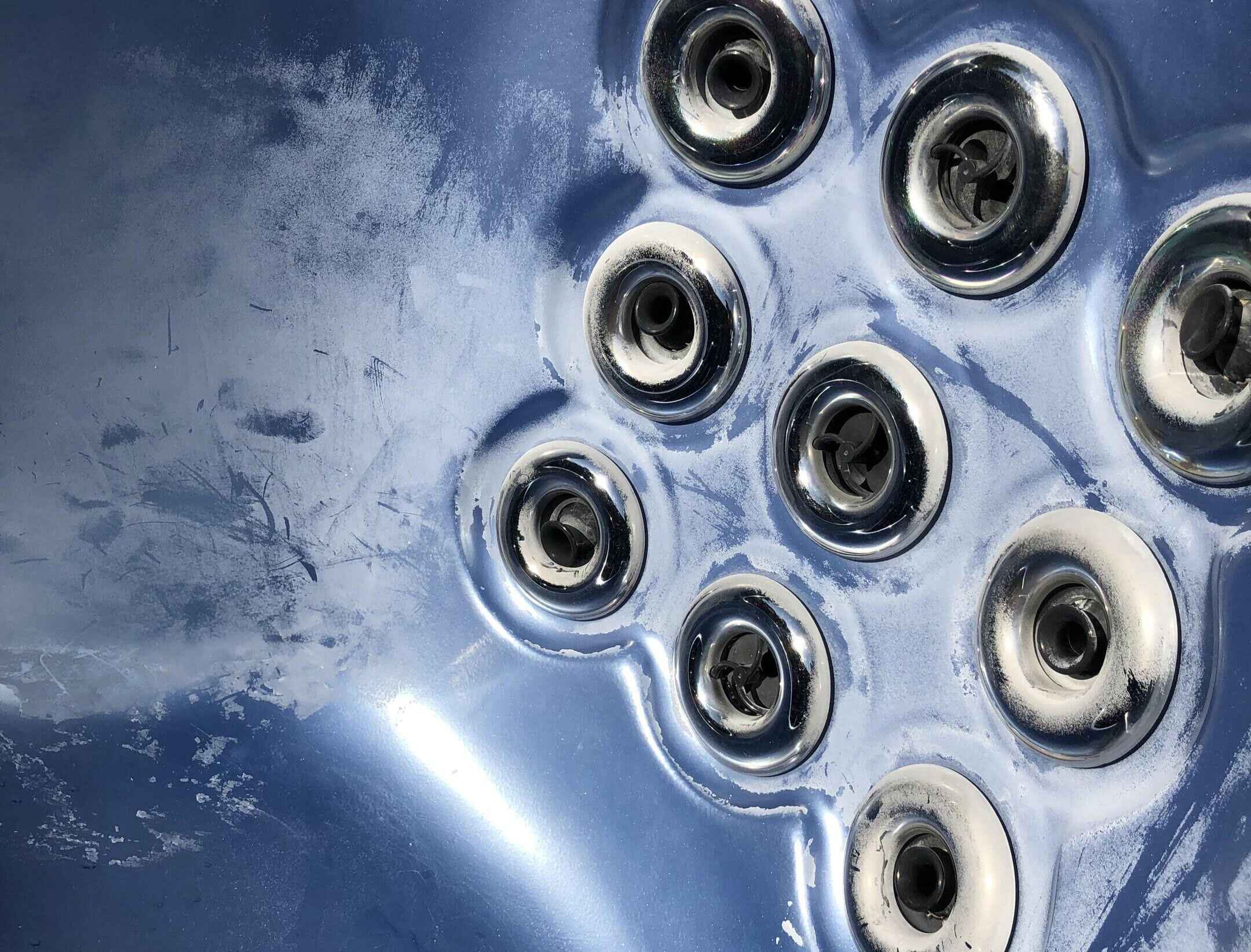

Pool & Spa Care
How To Remove Calcium Buildup In Hot Tub
Modified: October 21, 2024
Learn effective methods for removing calcium buildup in your hot tub with our expert pool and spa care tips. Keep your hot tub clean and functioning at its best.
(Many of the links in this article redirect to a specific reviewed product. Your purchase of these products through affiliate links helps to generate commission for Storables.com, at no extra cost. Learn more)
**
Introduction
**
Owning a hot tub is a luxurious way to unwind and rejuvenate, but it comes with the responsibility of maintenance. One common issue that hot tub owners encounter is the buildup of calcium deposits. These stubborn deposits can detract from the aesthetic appeal of your hot tub and, if left unaddressed, can potentially damage the equipment. However, with the right knowledge and tools, you can effectively manage and prevent calcium buildup, ensuring that your hot tub remains a pristine oasis for relaxation.
In this comprehensive guide, we will delve into the intricacies of calcium buildup in hot tubs, from understanding the causes to implementing effective removal and prevention strategies. By the end of this article, you will be equipped with the expertise to tackle calcium buildup head-on, preserving the beauty and functionality of your hot tub for years to come. Let's embark on this journey to maintain a sparkling, calcium-free hot tub environment!
**
Key Takeaways:
- Say goodbye to calcium buildup in your hot tub by testing, removing, and preventing it. Keep your hot tub sparkling and free from unsightly deposits with proactive maintenance and targeted cleaning techniques.
- Maintain a pristine hot tub oasis by managing water chemistry, using descaling agents, and integrating preventive measures. Enjoy a luxurious and enduring hot tub experience with diligence and proactive care.
Read more: How To Remove Calcium Buildup In Toilet Bowl
Understanding Calcium Buildup in Hot Tubs
**
Calcium buildup, also known as limescale, occurs when dissolved minerals, primarily calcium and magnesium, precipitate out of the water and adhere to surfaces in your hot tub. This process is exacerbated by high water temperatures and improper water chemistry, leading to the formation of unsightly white or off-white deposits on various components of the hot tub, including the walls, jets, and heating elements.
Understanding the source of these minerals is crucial in addressing and preventing calcium buildup. Hard water, which contains high concentrations of calcium and magnesium, is a primary culprit. When hard water is heated, the minerals become less soluble and form solid deposits on surfaces, a phenomenon familiar to anyone who has encountered limescale in a kettle or on bathroom fixtures. In addition to hard water, factors such as pH imbalance, high alkalinity, and inadequate water circulation can exacerbate the accumulation of calcium deposits.
Calcium buildup not only detracts from the visual appeal of your hot tub but can also impede the functionality of essential components. For instance, clogged jets can diminish the therapeutic massage experience, while limescale on heating elements can reduce their efficiency and longevity. Furthermore, the presence of calcium deposits provides a fertile environment for bacteria and algae to thrive, undermining the hygiene of your hot tub.
By gaining insight into the underlying causes of calcium buildup, hot tub owners can take proactive measures to mitigate its effects and preserve the pristine condition of their relaxation haven. In the following sections, we will explore methods for testing, removing, and preventing calcium buildup, empowering you to maintain a clean and inviting hot tub environment.
**
Testing for Calcium Buildup
**
Before embarking on a mission to eradicate calcium buildup from your hot tub, it is essential to confirm the presence of these stubborn deposits. Testing for calcium buildup can be accomplished through various methods, each providing valuable insights into the extent of the issue and guiding subsequent remedial actions.
One of the most straightforward approaches to assess calcium buildup involves visual inspection. Examine the interior surfaces of your hot tub, paying close attention to the walls, jets, and any exposed components. If you observe chalky white deposits or crusty accumulations, it is a telltale sign of calcium buildup. Additionally, inspect the heating elements for any encrustation, as this can impede their performance and efficiency.
Furthermore, testing strips designed for hot tub water analysis can provide quantitative data regarding the calcium hardness levels. These strips, readily available at pool and spa supply stores, enable you to measure the concentration of various minerals, including calcium, in the water. By comparing the test results to recommended ranges for calcium hardness, typically between 200 and 400 parts per million (ppm), you can gauge the severity of the buildup and determine the appropriate course of action.
For a more comprehensive assessment of calcium buildup, consider utilizing specialized water testing kits that offer detailed analysis of multiple water parameters, including calcium hardness, pH, alkalinity, and sanitizer levels. These kits provide a holistic view of your hot tub water chemistry, allowing you to pinpoint any imbalances or irregularities contributing to calcium accumulation.
By conducting thorough testing for calcium buildup, hot tub owners can gain valuable insights into the condition of their water and the extent of mineral deposits. Armed with this knowledge, you can proceed to implement targeted strategies for removing existing calcium buildup and preventing its recurrence. In the subsequent sections, we will explore effective techniques for eliminating calcium deposits and maintaining a pristine hot tub environment.
**
To remove calcium buildup in a hot tub, use a mixture of equal parts water and white vinegar. Let it sit for 15-20 minutes, then scrub with a soft brush and rinse thoroughly. Repeat if necessary.
Removing Calcium Buildup
**
Once the presence of calcium buildup in your hot tub has been confirmed, it is imperative to initiate a thorough removal process to restore the pristine condition of the surfaces and equipment. Several effective methods and products are available to tackle this stubborn issue and rejuvenate your hot tub environment.
One of the most widely employed approaches for removing calcium deposits involves the use of specially formulated hot tub surface cleaners. These cleaners are designed to dissolve and dislodge mineral buildup without causing damage to the underlying surfaces. When using a surface cleaner, ensure that the hot tub is drained, and the affected areas are meticulously scrubbed to eliminate the deposits. Following the application of the cleaner, thorough rinsing is essential to remove any residual cleaning solution and loosened debris.
Vinegar, a household staple renowned for its acidic properties, can also be enlisted in the battle against calcium buildup. By creating a solution of vinegar and water and applying it to the affected areas, you can harness the dissolving power of acetic acid to break down and remove mineral deposits. After allowing the solution to dwell for a period, diligent scrubbing and rinsing will help dislodge and eliminate the calcium buildup, restoring the surfaces to their original luster.
In instances where calcium deposits have encroached upon the hot tub’s plumbing and equipment, the use of descaling agents tailored for hot tubs and spas becomes imperative. These descaling solutions are adept at dissolving mineral accumulations within the plumbing lines, jets, and other components, ensuring optimal water flow and functionality. It is paramount to follow the manufacturer’s guidelines when applying descaling agents and to thoroughly flush the system after treatment to expel any residual deposits.
For persistent or extensive calcium buildup, enlisting the expertise of a professional hot tub maintenance service may be warranted. These professionals possess the knowledge and specialized equipment to undertake comprehensive calcium removal procedures, safeguarding the integrity and longevity of your hot tub.
By employing these proven methods for removing calcium buildup, hot tub owners can reclaim the immaculate condition of their relaxation haven, setting the stage for ongoing maintenance and prevention efforts. In the subsequent section, we will explore proactive measures to prevent the recurrence of calcium deposits, preserving the pristine state of your hot tub for uninterrupted enjoyment.
**
Preventing Calcium Buildup
**
After successfully removing calcium buildup from your hot tub, it is paramount to implement preventive measures to thwart the recurrence of these stubborn deposits. By integrating proactive strategies into your hot tub maintenance routine, you can preserve the pristine condition of the surfaces and equipment, ensuring an uninterrupted and enjoyable soaking experience.
One of the foundational elements of preventing calcium buildup is maintaining proper water chemistry. Regularly testing and adjusting the pH and alkalinity levels of your hot tub water is essential in curbing the formation of mineral deposits. Aim to keep the pH within the recommended range of 7.2 to 7.8 and the total alkalinity between 80 and 120 parts per million (ppm), as deviations from these parameters can promote the precipitation of calcium and magnesium.
Furthermore, managing the calcium hardness of the water is pivotal in preventing excessive mineral accumulation. If your hot tub is supplied with hard water, consider utilizing a water softening system to mitigate the influx of calcium and magnesium into the tub. Water softeners are designed to exchange calcium and magnesium ions with sodium ions, effectively reducing the hardness of the water and inhibiting the formation of limescale.
Regularly draining and refilling your hot tub can also aid in preventing calcium buildup. By replacing a portion of the water with fresh, balanced water, you dilute the concentration of dissolved minerals, impeding their propensity to precipitate and adhere to surfaces. Additionally, diligent cleaning and scrubbing of the hot tub interior during water changes can help eliminate any residual mineral deposits, further deterring their accumulation.
Incorporating a quality hot tub filter and adhering to a diligent maintenance schedule are integral components of calcium buildup prevention. A well-maintained filter effectively captures suspended particles and minerals, preventing them from settling and contributing to deposits. Regular filter cleaning and replacement, as recommended by the manufacturer, are imperative in sustaining optimal filtration efficiency.
Lastly, consider utilizing specialized sequestering agents designed to bind with minerals in the water, rendering them less prone to forming deposits. These agents help keep minerals in suspension, preventing them from precipitating and adhering to hot tub surfaces. Incorporating sequestering agents into your hot tub maintenance regimen can significantly reduce the likelihood of calcium buildup.
By integrating these preventive measures into your hot tub maintenance routine, you can effectively combat the recurrence of calcium buildup, preserving the pristine condition of your relaxation oasis. With a proactive approach to water chemistry management and diligent maintenance practices, you can enjoy a sparkling, calcium-free hot tub environment for years to come.
**
Read more: How To Clean Calcium Buildup In Sink
Conclusion
**
Maintaining a hot tub that exudes cleanliness and allure hinges on the effective management of calcium buildup, a common challenge faced by hot tub owners. By gaining a comprehensive understanding of the factors contributing to calcium deposits and implementing targeted strategies for testing, removal, and prevention, you can safeguard the pristine condition of your hot tub, ensuring a consistently inviting and rejuvenating soaking experience.
Testing for calcium buildup serves as the initial step in addressing this issue, allowing you to gauge the severity of the deposits and tailor your remedial efforts accordingly. Visual inspection and water testing provide valuable insights into the extent of the problem, guiding subsequent removal and prevention measures.
When it comes to removing calcium buildup, a multifaceted approach incorporating specialized cleaners, vinegar solutions, descaling agents, and professional maintenance services can effectively restore the surfaces and equipment to their original luster. By diligently eradicating existing deposits, you set the stage for implementing preventive measures to thwart their recurrence.
Preventing calcium buildup is a proactive endeavor that encompasses meticulous water chemistry management, water softening, regular draining and refilling, diligent maintenance, and the utilization of sequestering agents. By integrating these preventive measures into your hot tub maintenance routine, you can effectively curtail the formation of calcium deposits, preserving the immaculate state of your hot tub environment.
In essence, the battle against calcium buildup in hot tubs necessitates a blend of proactive maintenance, strategic testing, and targeted removal techniques. By arming yourself with the knowledge and tools to combat this challenge, you can ensure that your hot tub remains a pristine sanctuary for relaxation, free from the encumbrances of unsightly mineral deposits.
As you embark on this journey to maintain a sparkling, calcium-free hot tub environment, remember that diligence and proactive care are the cornerstones of a luxurious and enduring hot tub experience. By embracing these principles, you can revel in the splendor of your hot tub oasis, basking in its allure and rejuvenating properties for years to come.
Frequently Asked Questions about How To Remove Calcium Buildup In Hot Tub
Was this page helpful?
At Storables.com, we guarantee accurate and reliable information. Our content, validated by Expert Board Contributors, is crafted following stringent Editorial Policies. We're committed to providing you with well-researched, expert-backed insights for all your informational needs.
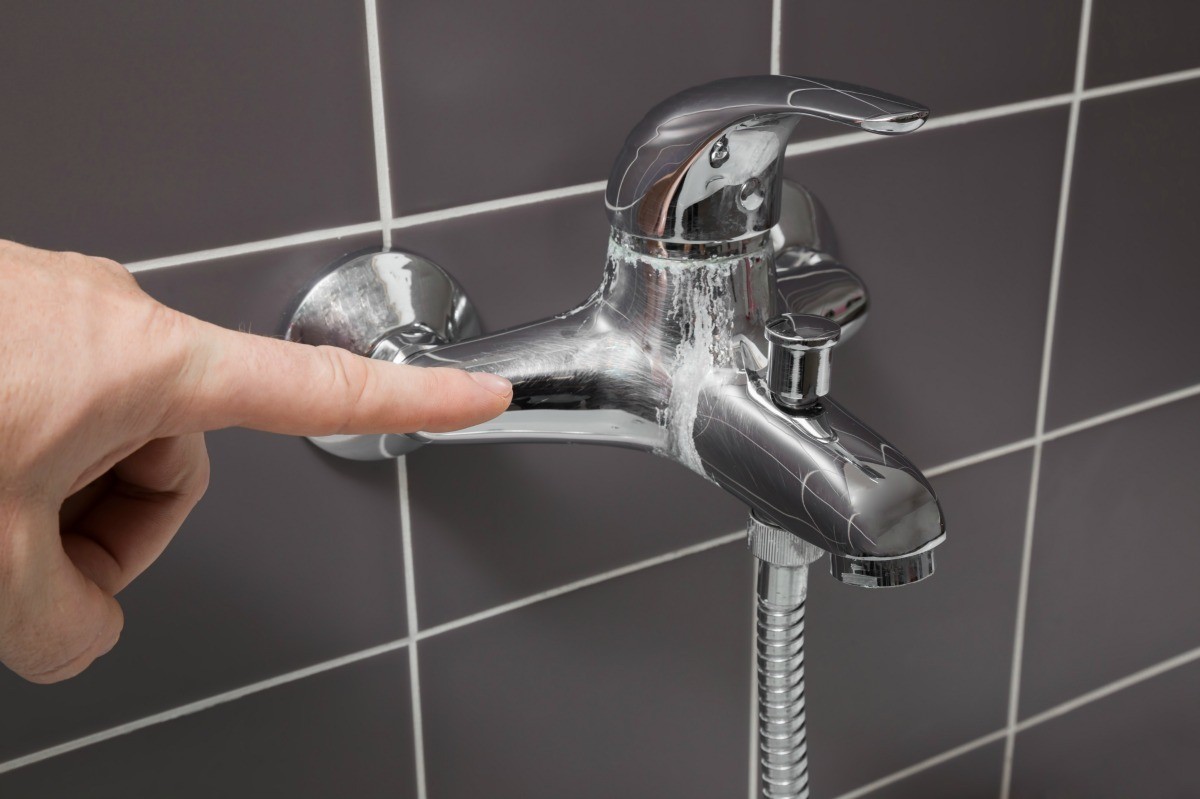
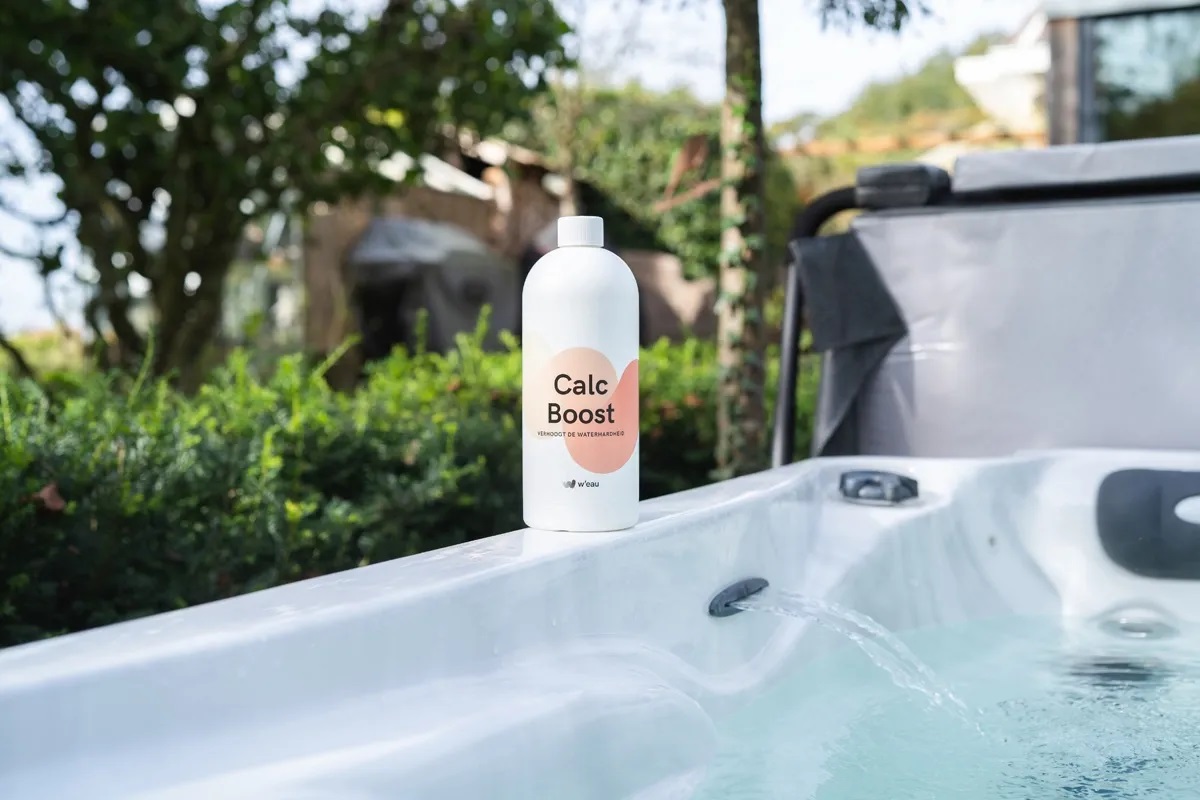
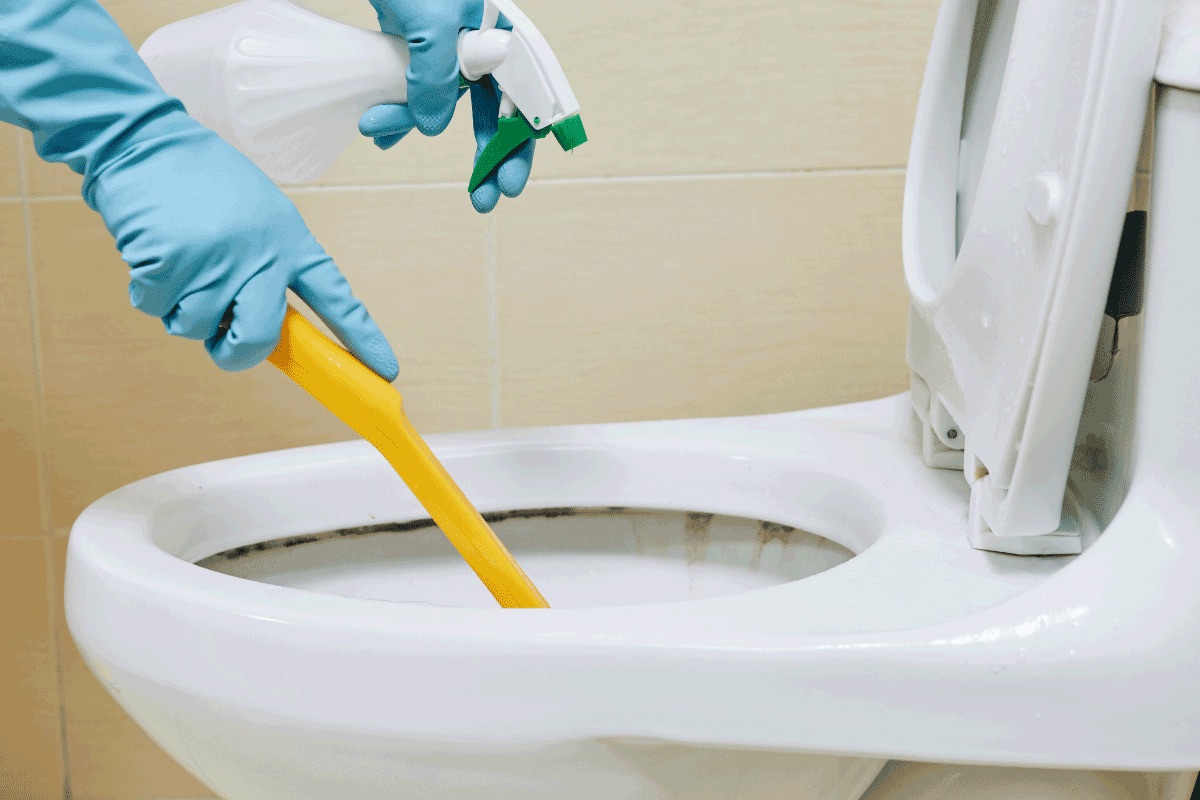
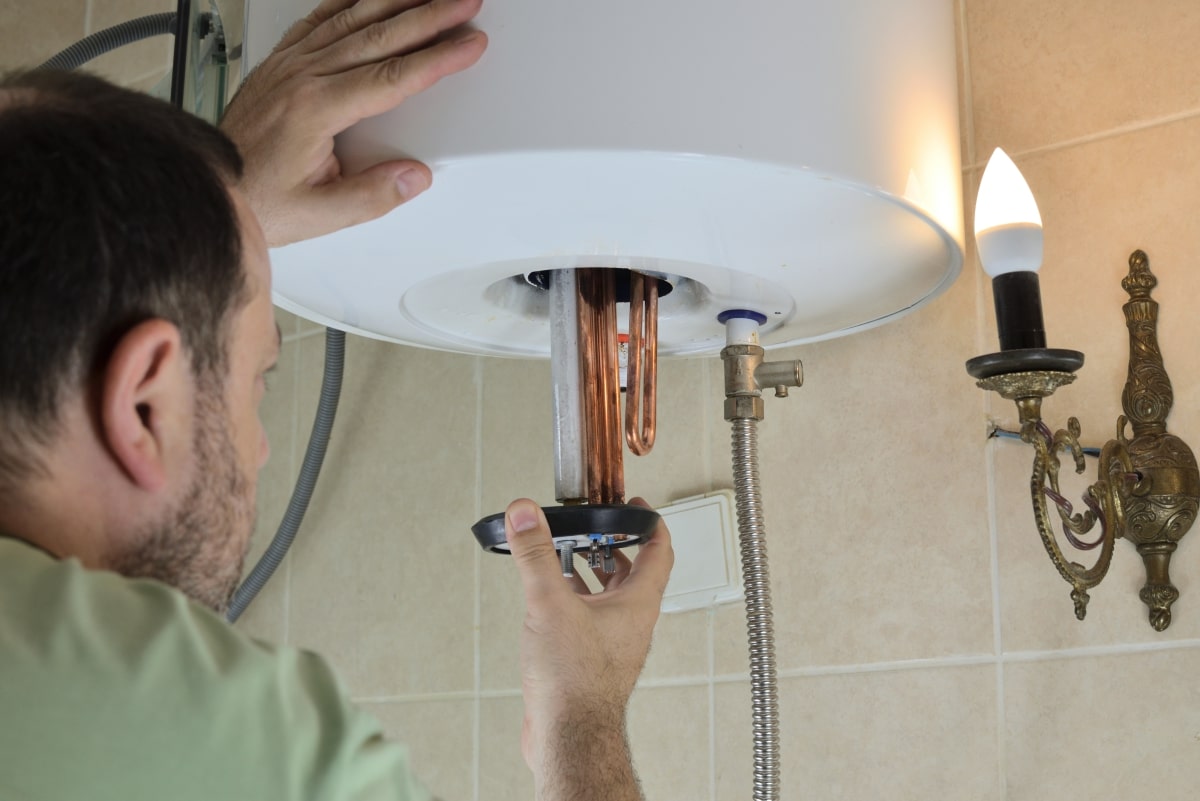
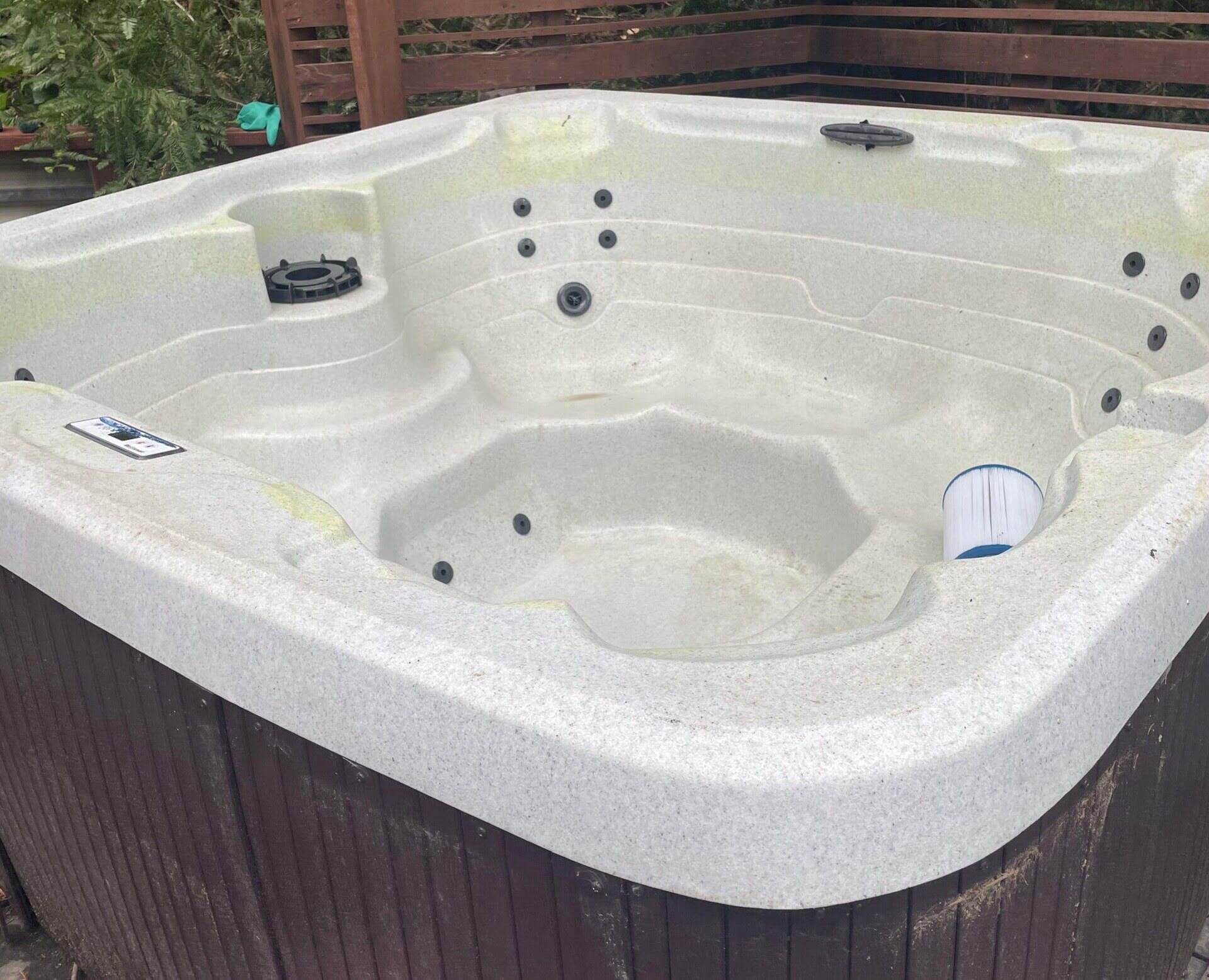
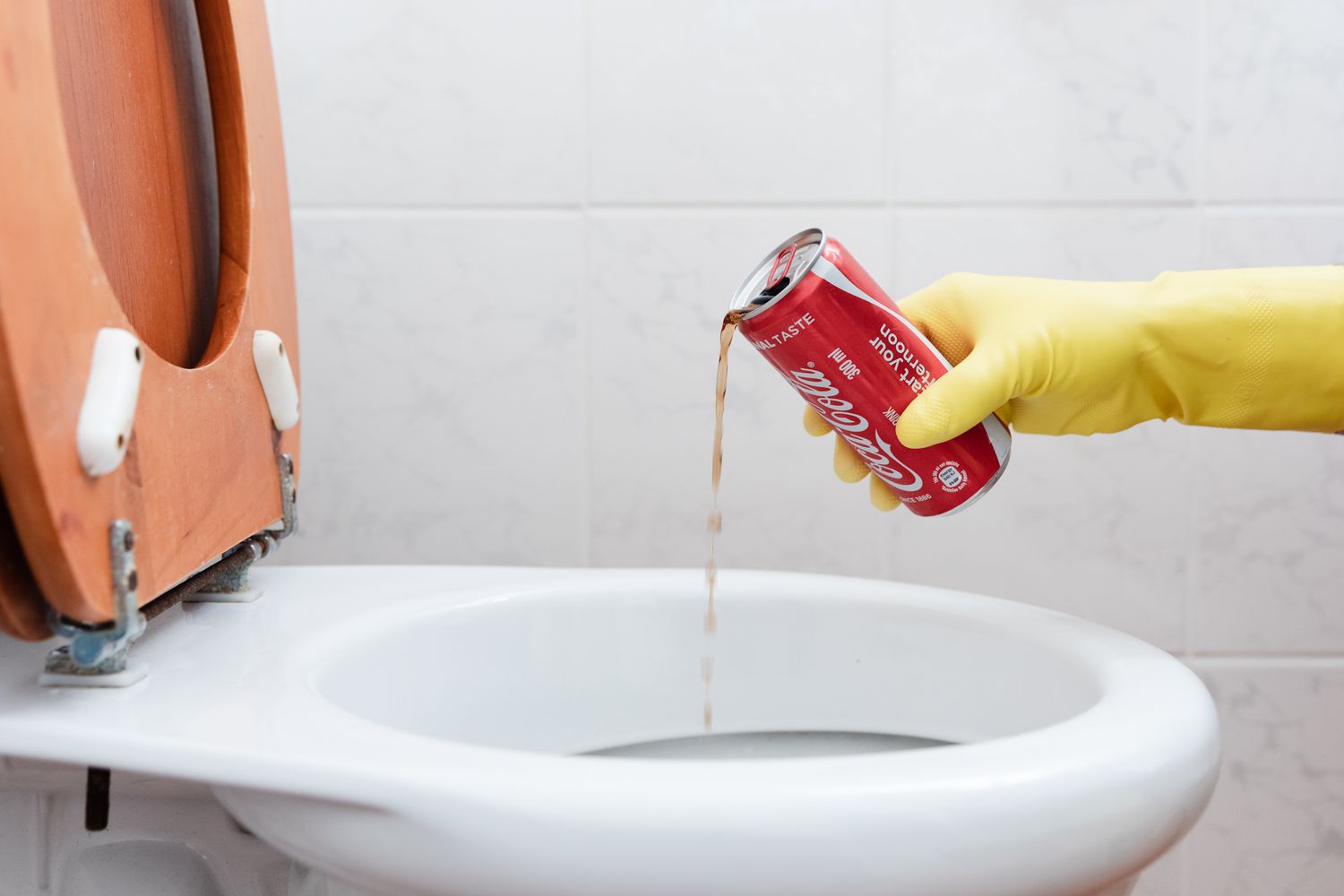
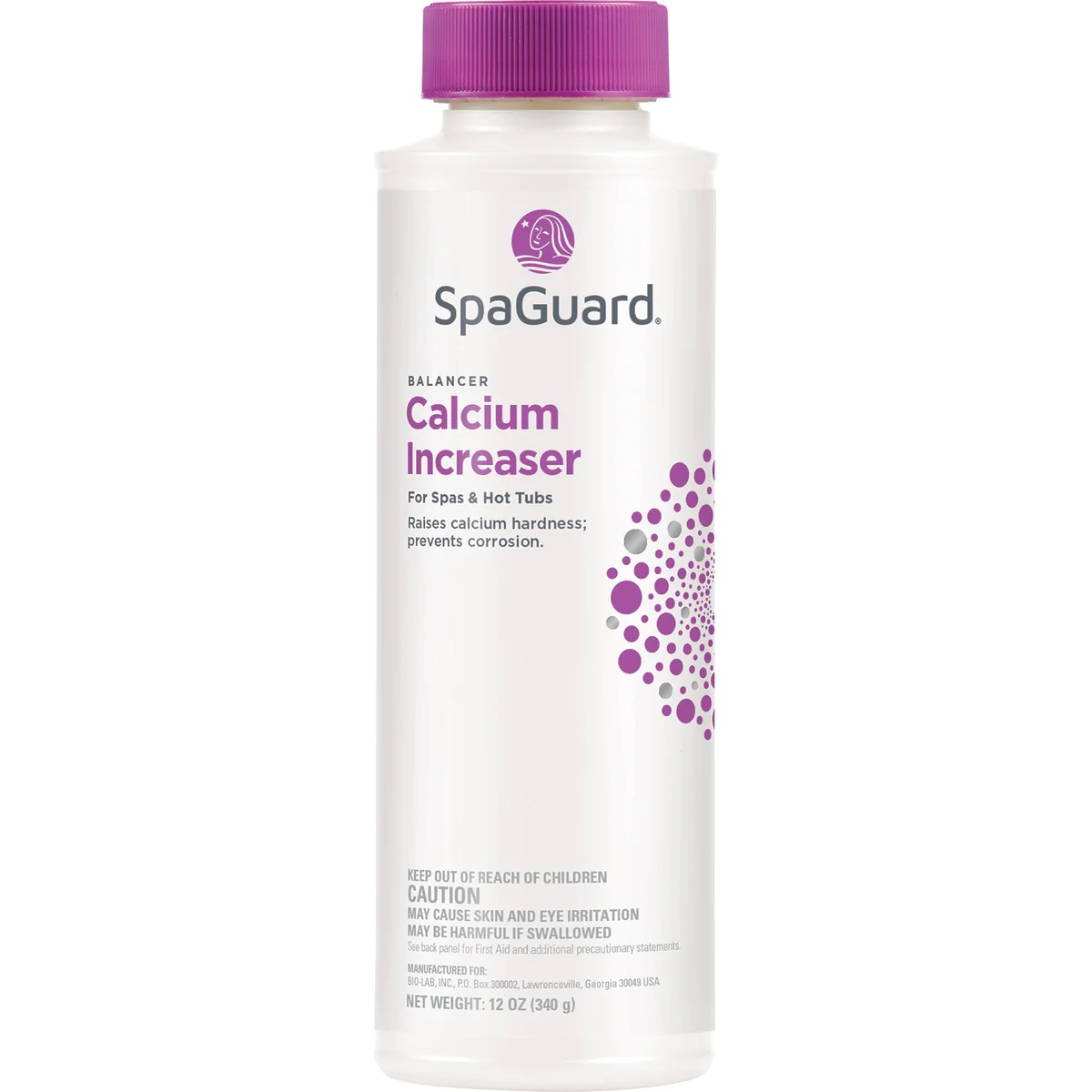
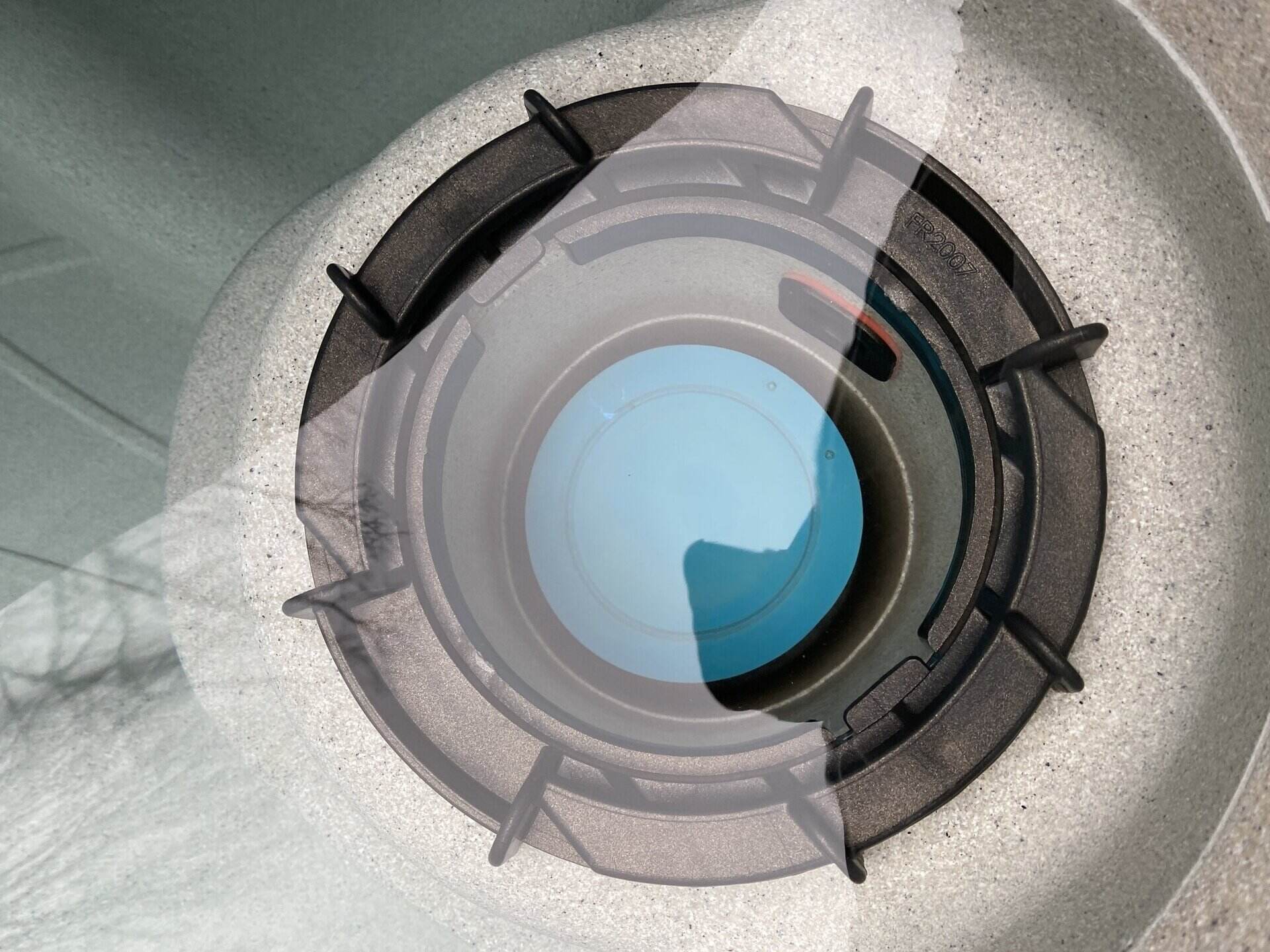
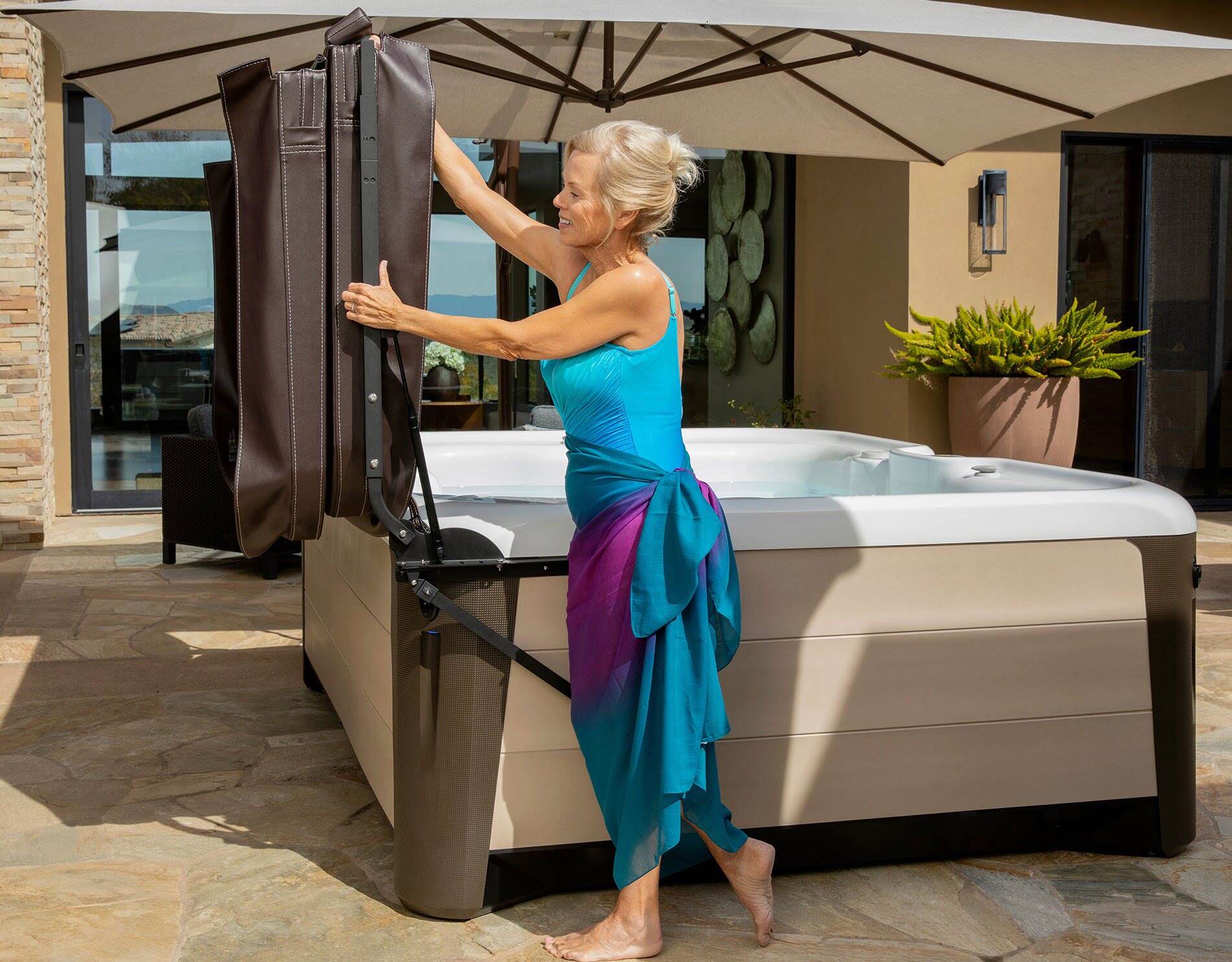
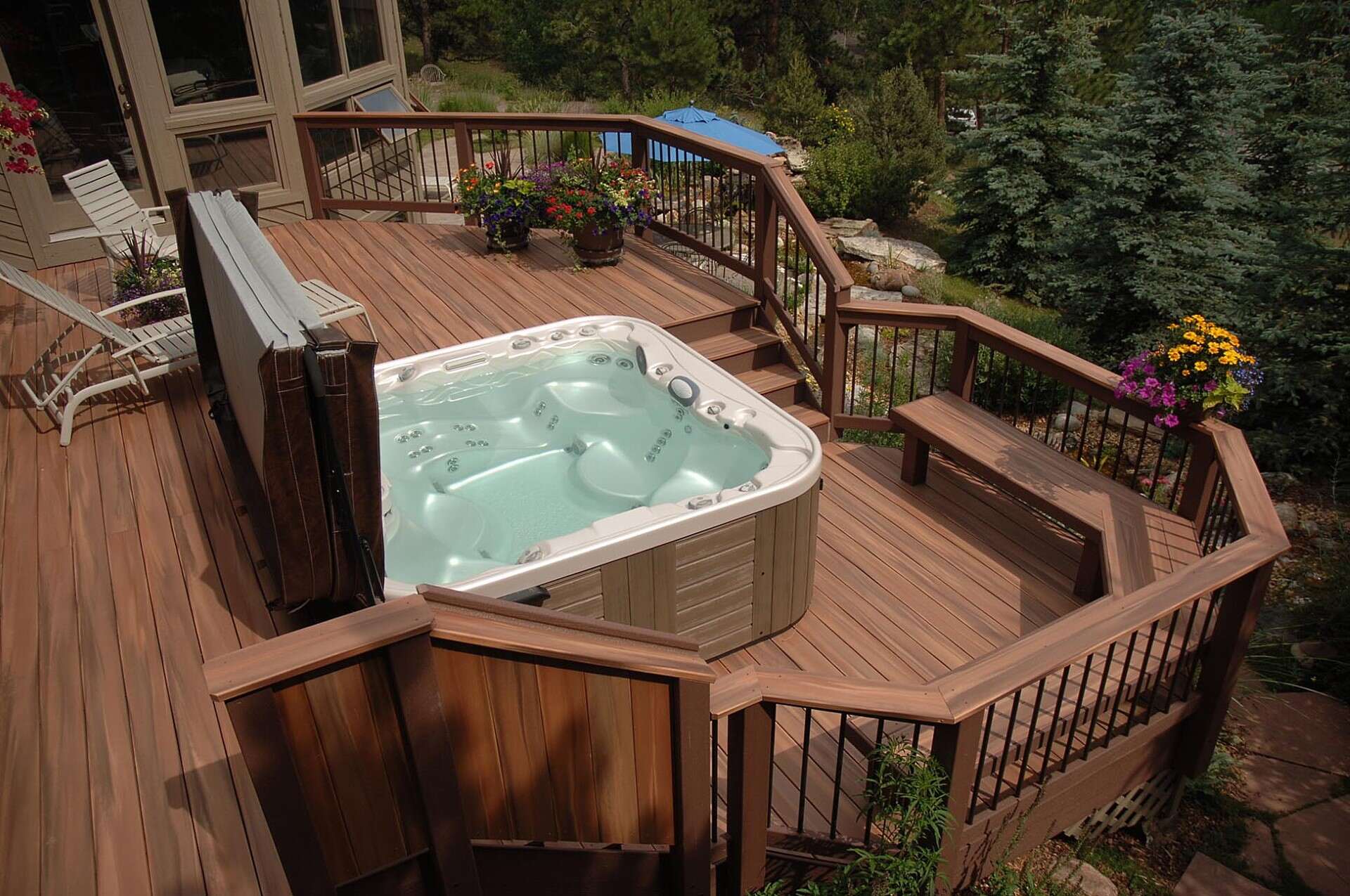
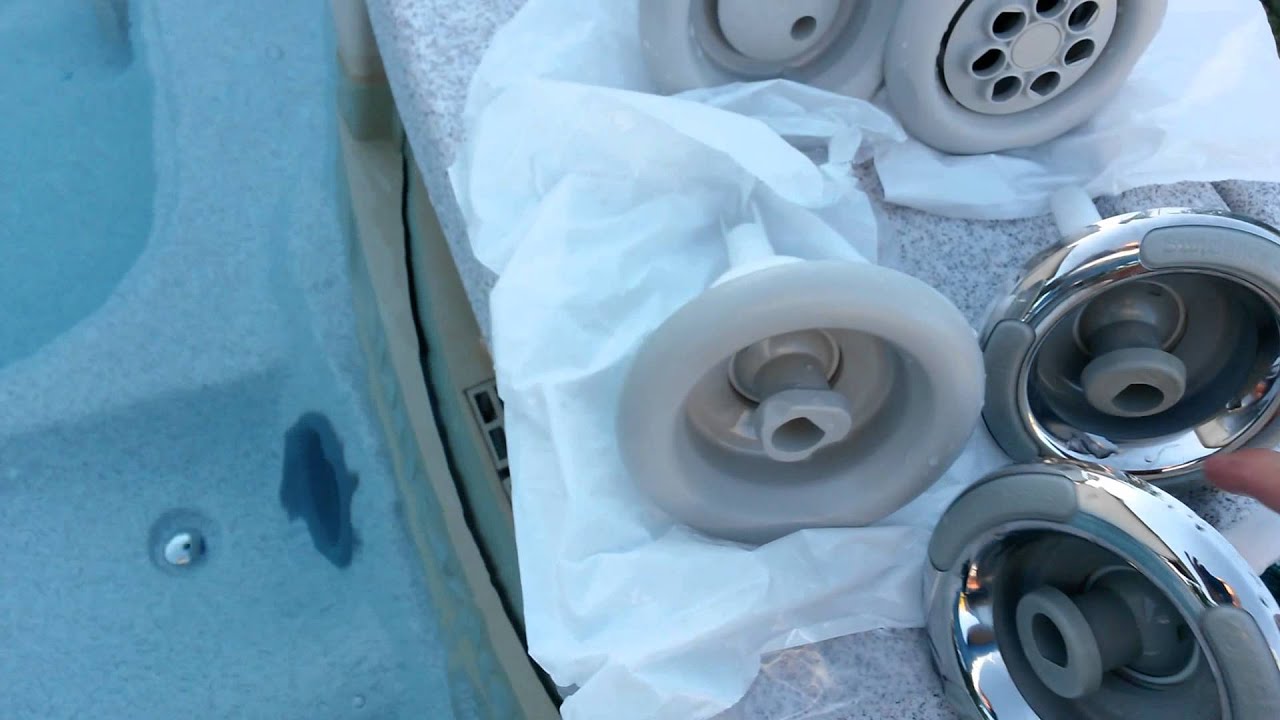
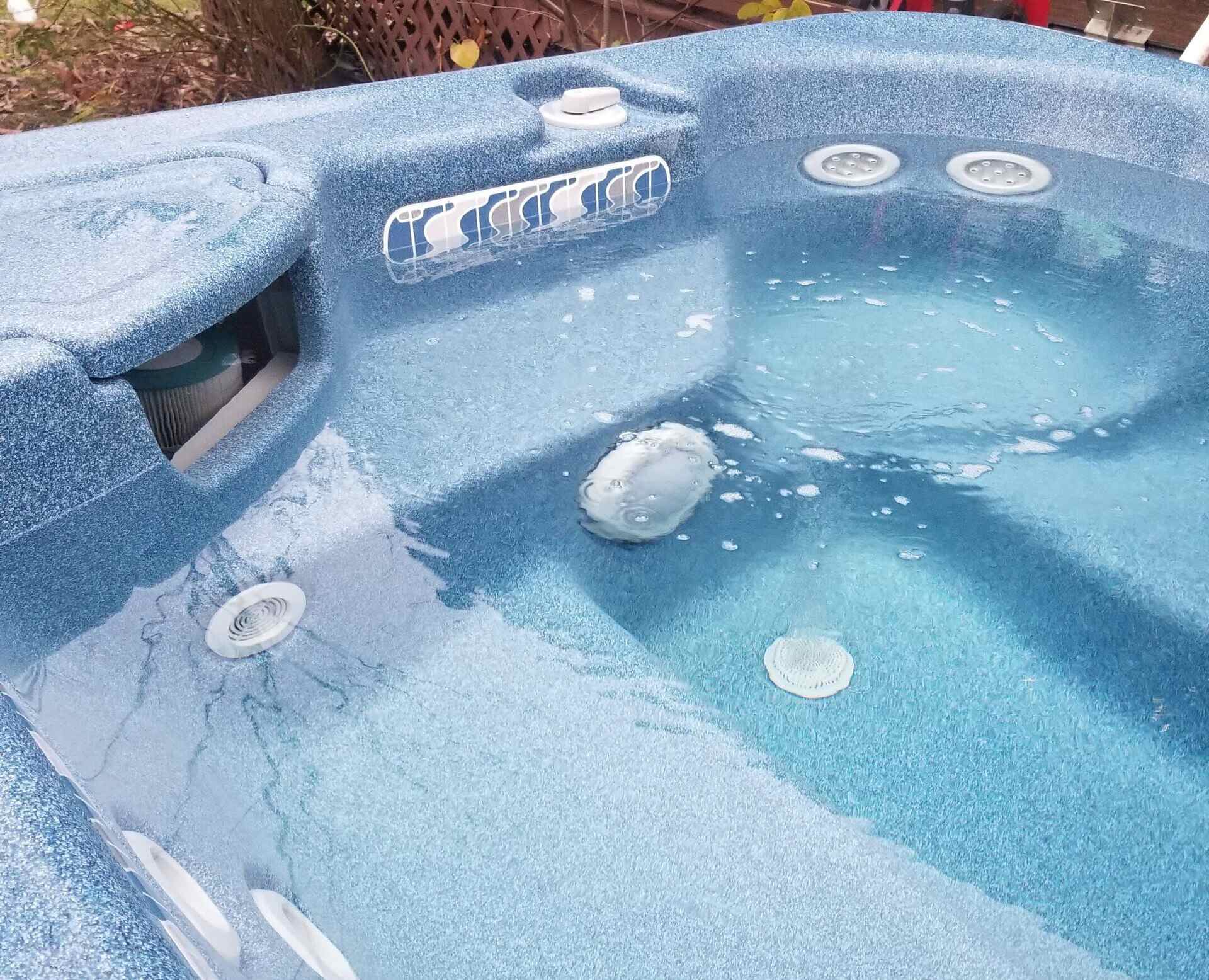
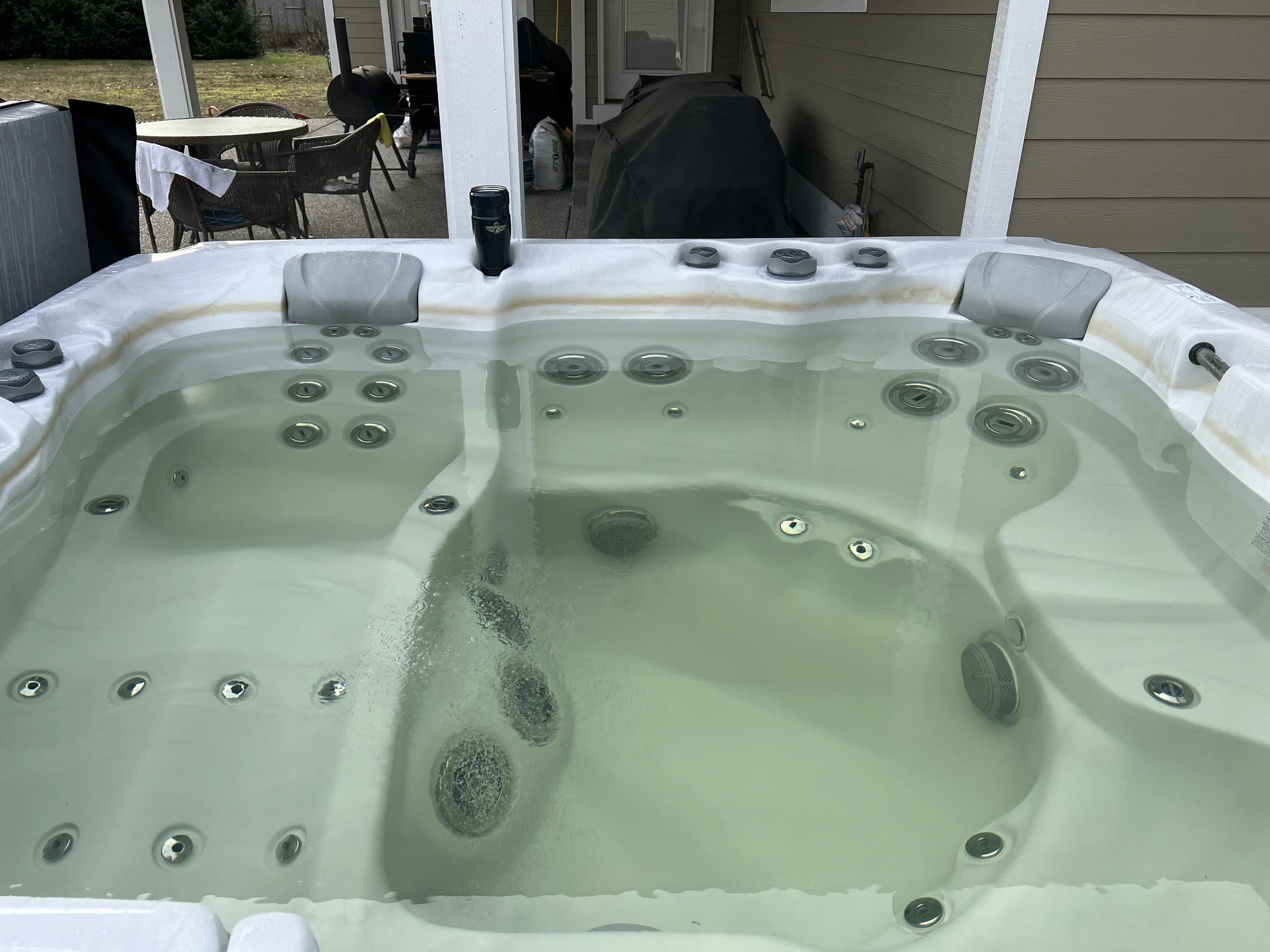
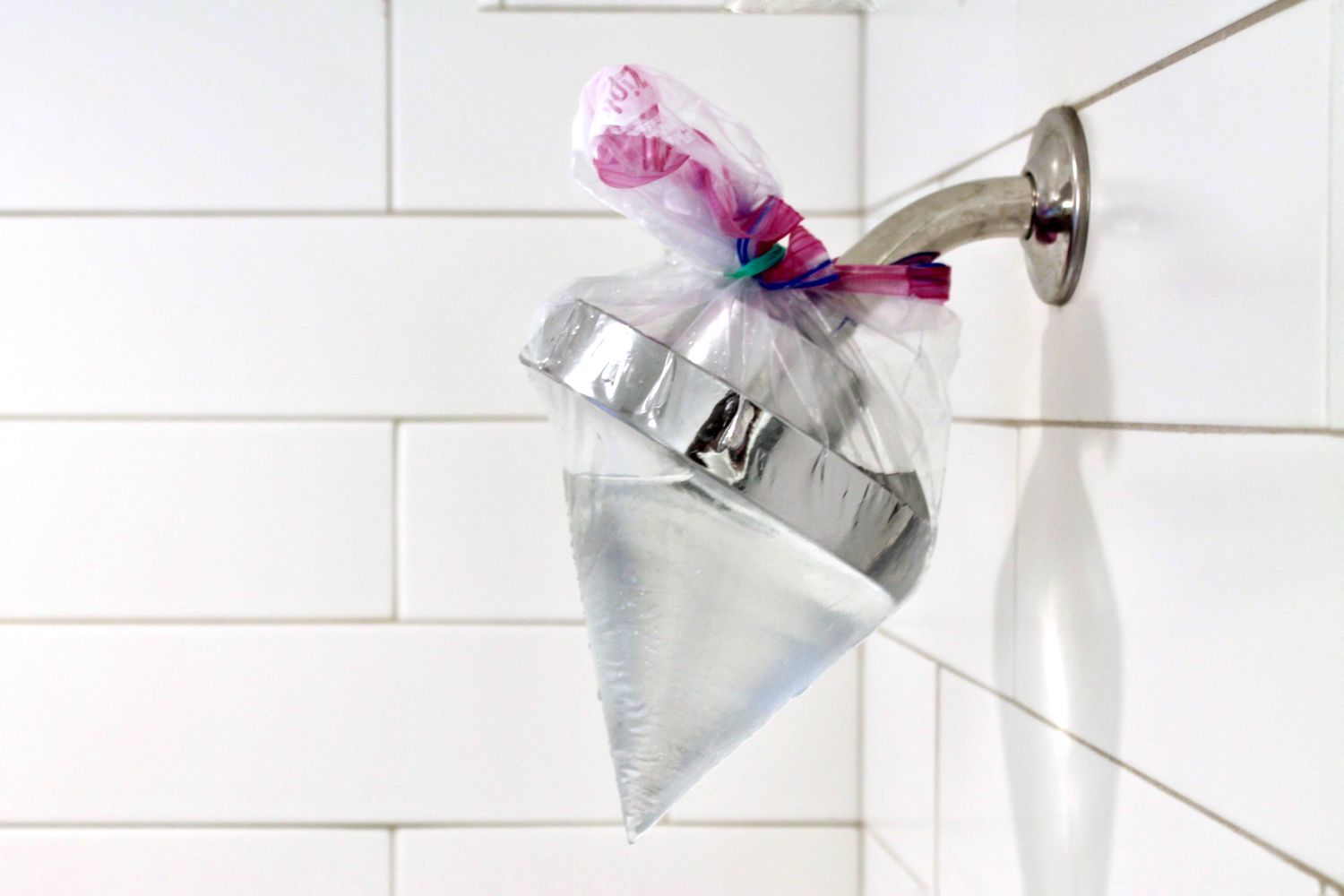

0 thoughts on “How To Remove Calcium Buildup In Hot Tub”